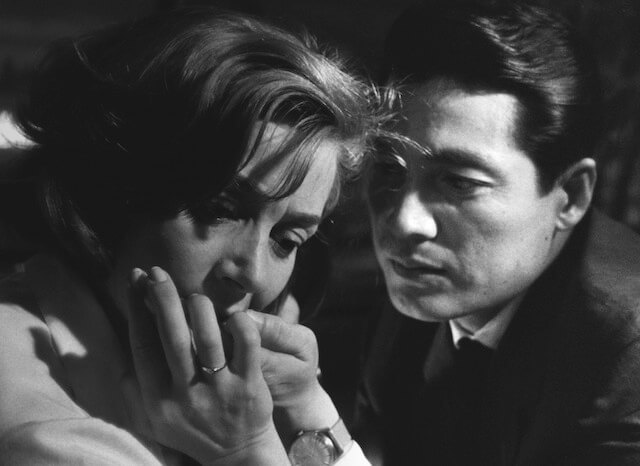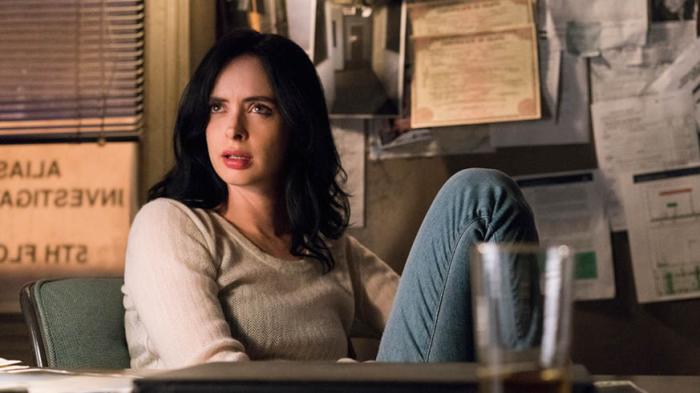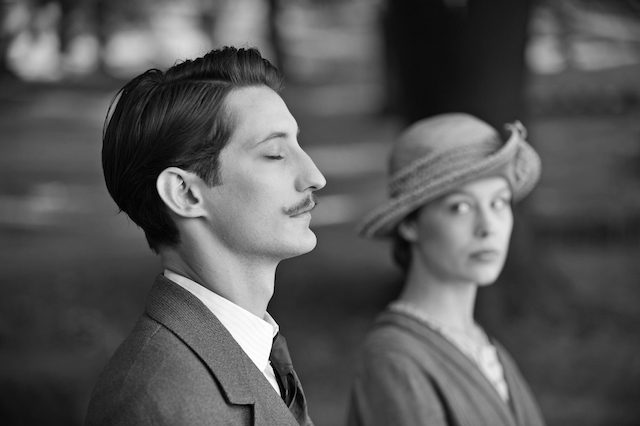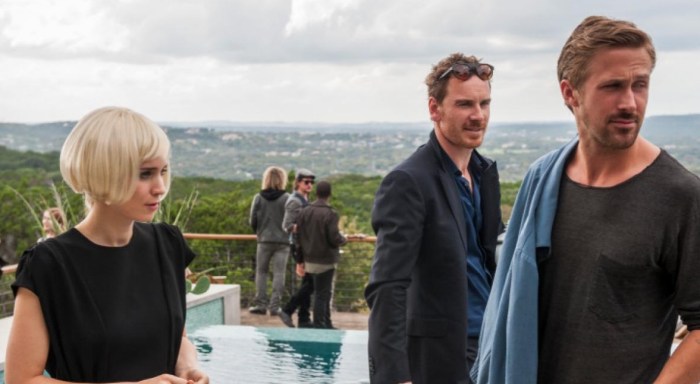‘Hiroshima Mon Amour’ Has there ever been a more progressive film than Alain Resnais’ 1959 landmark “Hiroshima Mon Amour”? Aesthetically, politically, socially — every inch of it is forward thinking, and no doubt even the era’s libertines dropped their monocles at the first images: two people who are a) naked in bed, b) married but probably not to each other and c) of different races. None of this is treated as a big deal, and the whole film is casual as it indulges in sudden flashbacks, a mash of documentary and and still very hot sex (or at least naughty bit-eliding fleshy gyrations). It dares everyone else to catch up with it. “Hiroshima Mon Amour” didn’t invent any of these things but, like Jean-Luc Godard’s “Breathless” would the next year, it packaged them into one attractive, thrilling product. It sought to catch cinema up to where the modern novel was, and even boasts Marguerite Duras to carry over her experimental nature from literature to the movies. There’s even an overture: As our two lovers, whose faces we won’t see for another 10 minutes, wiggle about, Resnais busies himself cutting to the bigger picture: to footage of Hiroshima after the bomb, with people horribly deformed by radiation and with all this horror, over a decade later, regulated to museums — unimaginable tragedy now safely in the past, repurposed for our dispassionate delectation, to make us think we understand it just by seeing it or reading about it. When it settles down, it turns into one of those quickie affair movies. Emmanuelle Riva (recently Oscar-nominated for “Amour”) plays a French actress in Hiroshima for a film about the nuclear bombing; Eiji Okada (later of “Woman in the Dunes”) is a Japanese architect. They don’t have names, and the credits only refer to them as “Her” and “Him.” This is some kind of joke: Not only are they anything but generic, but they’ve rarely, if ever, graced cinema screens, before or even after. In fact, one of “Hiroshima Mon Amour”’s greatest contributions to film history was its psychological complexity and specificity. Okada’s Him is really more of a good listener, and the one most aggressive about this not being a mere fling. Riva’s Her, though, is ragingly fascinating: Babbling and oversharing one minute, distant and intransigent the next. She keeps trying to escape, to end the affair abruptly. But they keep finding each other and talking. But they’re not just, as in most affair pictures, talking about their feelings. It’s worth noting that these are not young lovers; both actors and characters are in the 30s and carry with them considerable baggage. Riva’s Her holds back a lot, especially given how much she talks. Here is where Resnais steps in, jumping around her past, inserting brief cutaways to her memories, and we’re gradually able to piece together her own tragic past. This style quickly became commonplace, used by Chris Marker through Stanley Donen. It’s easy to forget how close it is to how memory actually works — the way the past to us is always present, summoned up in brief flashes, not big fat flashbacks. There’s still a lot of talking in “Hiroshima Mon Amour,” but Duras has Her mostly talk around her points, not address them directly. She’s allowed to be unknowable, even to herself. And despite being about trauma and the lingering effects of WWII and the impossibility of fully understanding tragedy, it’s not a tract. It’s wide open, embracing complexity rather than trying to contain it.Nothing quite like it existed prior to 1959; there’s still nothing quite like it. Follow Matt Prigge on Twitter @mattprigge
Director: Alain Resnais
Stars: Emmanuelle Riva, Eiji Okada
Rating: NR
5 (out of 5) Globes
Review: ‘Hiroshima Mon Amour’ is 55 years old and still modern (and sexy)

Rialto


















